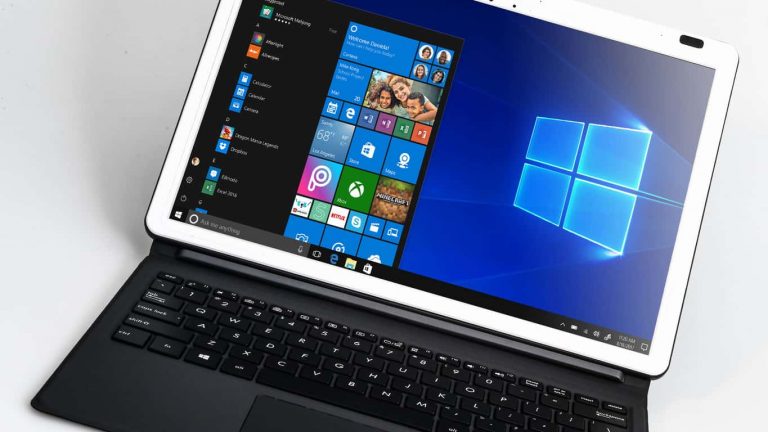A new known issue related to certain Intel display drivers will prevent affected users to immediately receive the Windows 10 October 2018 Update. Microsoft acknowledged the issue yesterday on its Windows 10 update history support page (via myITforum), explaining that the new Intel display drivers may cause problems with audio playback from an external monitor on PCs running the latest Windows 10 update.
If you’ve encountered the issue on your PC, Microsoft provided the following steps to help you check if you received the incompatible Intel drivers:
- From the Start menu, type Device Manager in the search box. Select Device Manager from the search results.
- Find and expand Display adapters.
- Right-click on the Intel® HD Graphics device.
- Select Properties.
- Click the Driver tab.
- Check your driver version. If the driver version is listed as either 24.20.100.6344, or 24.20.100.6345, your system is affected by this issue. Please contact Microsoft support at 1-800-MICROSOFT (or find a local number in your area) for a resolution.
Microsoft says that it’s already working with Intel and OEM partners to stop the distribution of these incompatible display drivers, and the company will “provide an update on the resolution in an upcoming release.” Overall, there are currently five upgrade blocks in place for the Windows 10 October 2018 Update, and we previously wrote about various incompatibility problems affecting iCloud for Windows, F5 VPN clients, Trend Micro’s productivity apps and select AMD GPUs.
Unfortunately, there will always be some compatibility issues following the release of a new Windows 10 update. Despite Microsoft testing major updates with millions of Windows Insiders, the Windows 10 ecosystem remains incredibly complex with more than 700 milion active devices worldwide. Microsoft re-released the rollout of the October 2018 update a week ago, but the company said that the gradual rollout would be slower than usual to “more carefully study device health data.”


